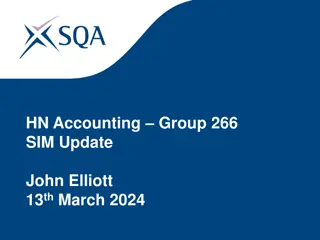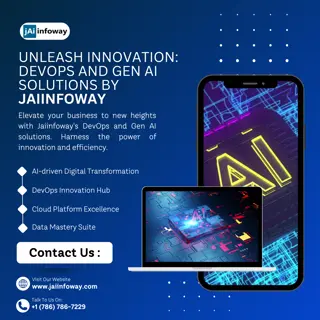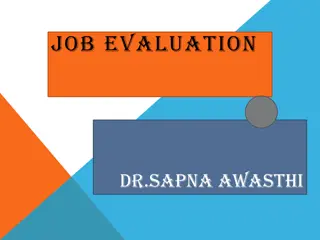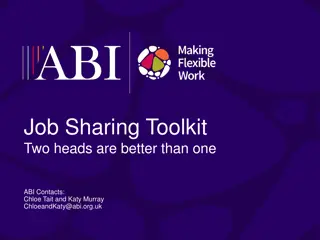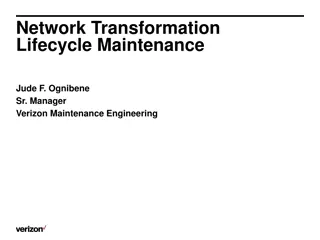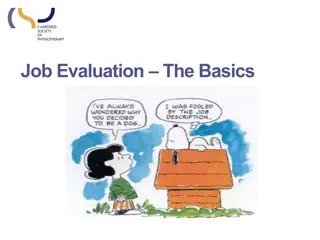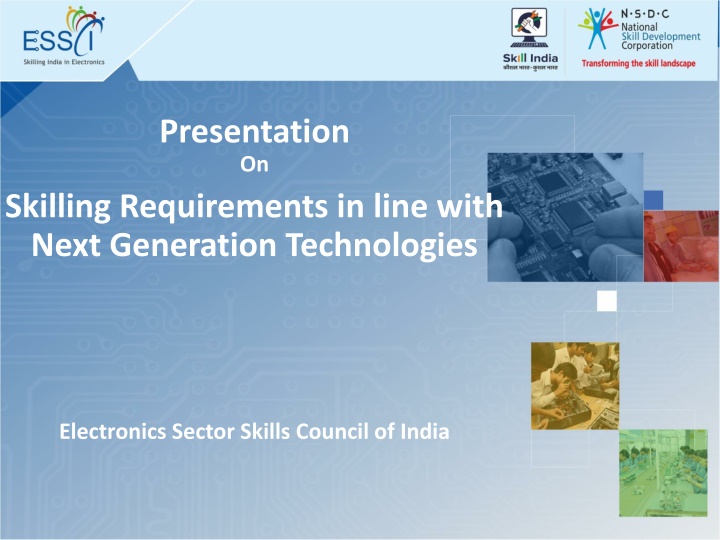
Next Generation Technologies in Electronics Sector Skilling Requirements
Explore the skilling requirements aligned with next-generation technologies in the electronics sector as per the Electronics Sector Skills Council of India. Dive into the global IoT market trends, IoT-based occupations, and occupational mapping across different sub-sectors. Discover a variety of job families, tracks, levels, and associated skill sets within the Internet of Things realm. Stay informed about the rapid growth and opportunities in IoT-related roles and responsibilities.
Download Presentation

Please find below an Image/Link to download the presentation.
The content on the website is provided AS IS for your information and personal use only. It may not be sold, licensed, or shared on other websites without obtaining consent from the author. If you encounter any issues during the download, it is possible that the publisher has removed the file from their server.
You are allowed to download the files provided on this website for personal or commercial use, subject to the condition that they are used lawfully. All files are the property of their respective owners.
The content on the website is provided AS IS for your information and personal use only. It may not be sold, licensed, or shared on other websites without obtaining consent from the author.
E N D
Presentation Transcript
Presentation On Skilling Requirements in line with Next Generation Technologies Electronics Sector Skills Council of India
Global IoT Market Software and platforms are expected to continue to drive the market as more data is moved to the cloud, new IoT applications get brought to market, and analytics continue to gain in importance. Forecasted to grow to $1,567B by 2025 at a CAGR of approx. 40% The number of connected devices that are in use worldwide now exceeds 17 billion Number of IoT devices at 7 billion (that number does not include smartphones, tablets, laptops or fixed line phones).
IoT Based Occupations Embedded, VLSI, PCB design and layout etc. Designing Statistics, Auditing, Programming & Security Data Analyst / Scientist Product Assembly, Inspection & Testing etc. Manufacturing etc. Field Data Collection & Tagging System Integration & Service M2M Communication, Cloud, Fog, Edge etc. DBMS, Field Data Collection etc.
Occupational Map : Cross-sectional across SSC s Sub-Sectors Occupations Future Skills Internet of Things Operations & Deployment Control Room Support Domain Analytics Domain Analytics Job Families Architecture Engineering Networking Security Strategy Solution Architecture Hardware Solution Design Software Engineering Solution Testing Network Design Solution Security Product Management Project Management Tracks IoT Consulting Level 10 Level 9 IoT - Practice Lead IoT - Lead Solution Architect IoT - Lead Software Analyst IoT - Senior Software Analyst IoT - Senior Network Specialist IoT - Senior Security Specialist IoT - Lead Hardware Solution Designer IoT - Lead Test Analyst IoT - Domain Specialist IoT - IoT - Product Manager IoT - Project Manager Level 8 Consultant IoT - Senior Hardware Solution Designer Embeded Product Designer- Technical Lead IoT - Hardware Solution Designer IoT Hardware Analyst (IoT Hardware Engineer)* IoT - IoT - Associate Product Manager IoT - Solution Architect IoT - Senior Test Analyst IoT - Network Specialist IoT - Security Specialist AI - Applied Scientist IoT - Associate Project Manager Level 7 Associate Consultant Level 6 IoT - Software Analyst IoT - Test Analyst IoT - Network Analyst IoT - Security Analyst Embeded Full- Stack IoT Analyst IoT - Control Room Operator Level 5 Level 4 ` ` ` ` Level 3 Note: This is a cross-sectional Occupational Map. QP s under yellow box are associated with ESSCI. Level 2 Level 1 * QP defined under Electronics SSC
Career Progression Path Line Manager - Embedded System Product Design System Engineer - Embedded Design Engineer Principal Lead - Embedded Design Engineer Level 7 Embedded Product design Engineer - Technical Lead Master QA Engineer - Embedded System Level 6 Embedded Software Engineer IoT Hardware Analyst Embedded Full- stack IoT Analyst Level 5 Sr. QA Engineer
IoT Hardware Analyst : ELE/Q1405 Occupation Product Design IoT Hardware Analyst is responsible for designing, developing and testing of IoT Hardware system. He prepares complete blueprint of the hardware including schematics and layout. The individual also prepares quality and verification requirements and perform PCB testing in compliance with regulatory standards and records them in a design document. The individual will also be responsible for working and efficient functioning of the system. Job Role NSQF Level 5
Embedded Full-Stack IoT Analyst : ELE/Q1404 Occupation Product Design Embedded Full-Stack IoT Analyst is responsible for designing, developing, testing and debugging IoT based products using appropriate technology and methods based on customer s new product/feature requirements, architecture, feasibility-study and standard specifications. He creates and implement embedded OS , based on system requirements and/or industry specifications, building and managing OS drivers for any custom hardware and to enhance existing application with new features. Job Role NSQF Level 5



